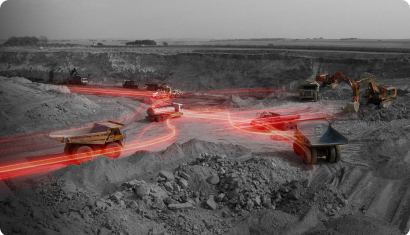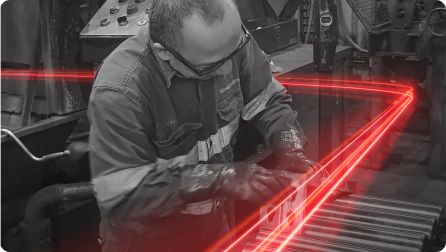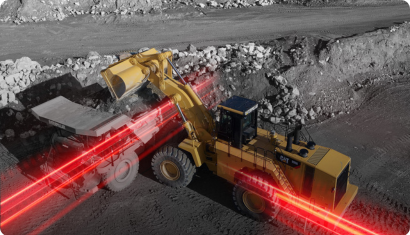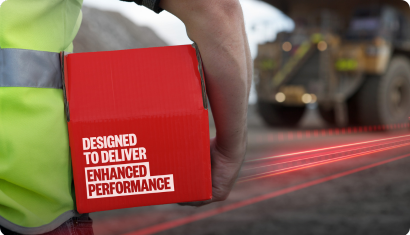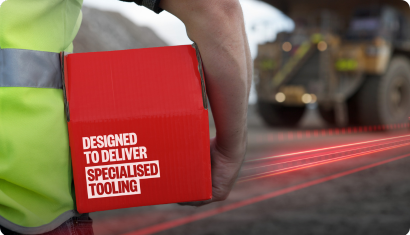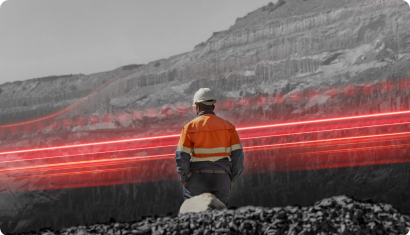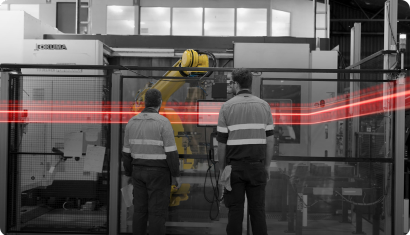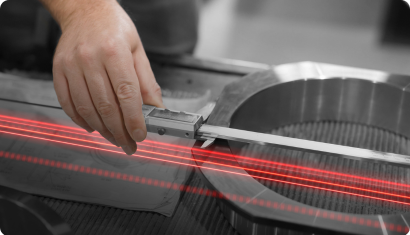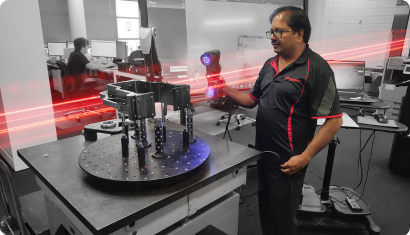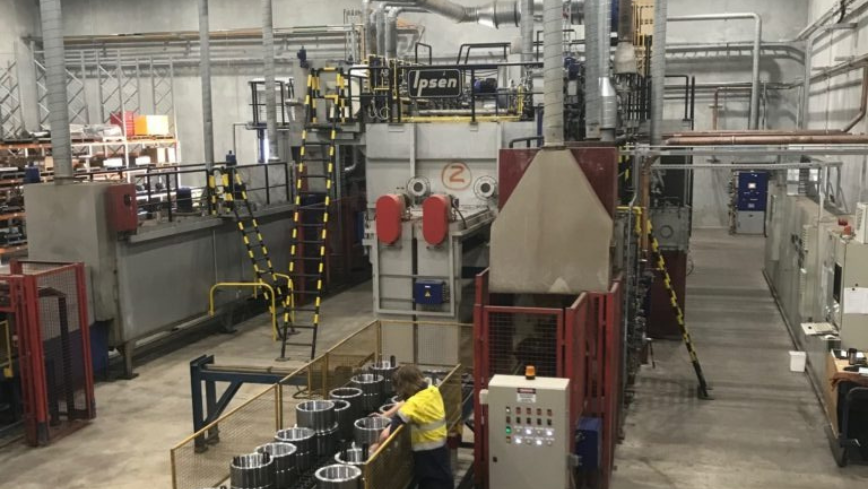
Geographe has completed an install of an IPSEN Twin Lane Continuous Gas Carburising Furnace, designed for a daily throughput of up to 115 charges.
The system is comprised of a peroxidation furnace, a twin lane gas carburising furnace, a 5000L oil quench bath, a three-chamber post washing machine, and a tempering furnace. All are automated from point of entry to point of exit.
This will significantly increase Geographe’s current gas carburising capacity, allowing for improved lead times to help sustain Geographe’s industry-leading DIFOT (Delivered In Full On Time) standard for our customers.
Each charge plate has the ability to contain parts up to a size of 560 x 370mm at 600mm high. The pusher type system allows for continuous loading of single or multiple components per charge plate.
Each charge plate is tracked through the system via a PLC (Programmable Logic Controller). This ensures complete transparency of component whereabouts and system status.

- What is the capacity increase versus Geographe’s current heat treatment plant?
The IPSEN has the potential for a 2000% increase in annual throughput compared to our existing heat treatment facility.
- Is there a speed increase compared with our previous plant to treat bushes?
The overall process time is relatively the same but due to the continuous nature of the plant, cycle-based, every 20mins another charge plate of the product will be complete.

- How does this reduce the lead time in overall operation?
Where we save time is in the end to end autonomous continuous treatment, which means no manual interaction. This significantly reduces the need for manual handling, in-transit processing between work centres and eliminates process drift, all of which results in a reduction in process lead times.
- What is the improvement in accuracy of case depth/hardness across the bush versus our previous plant?
Repeatability and accuracy of product characteristics are maintained due to complete automation and continuous push/pull end to end process cycling. Process characteristics are set, monitored, measured, and stored autonomously, ensuring part conformance to customer specifications is met every time.

- How many charge plates does the IPSEN have in total?
93 charge plates complete the full cycle. Charge plate size is 370mm x 560mm. Product height to 600mm, gross weight per charge 95Kg.
- Would it be correct to state it is one of the largest facilities in the Southern Hemisphere? If so, how is the capacity calculated?
The facility is one of the largest continuous carburising furnaces in the Southern Hemisphere. Capacity would be calculated on 93 charge plates at 95kg each, so it has an 8.8-tonne total end to end capacity.

Be abreast of Enhanced Performance Solutions for Mining Parts
How can we help?
Submit your details below and our team will contact you.



